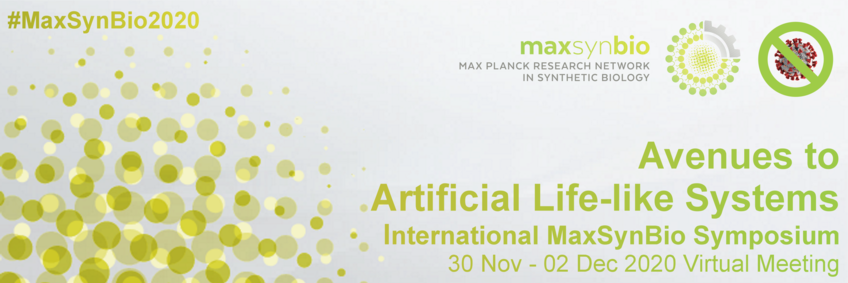
#20 - Building efficient signal decoders out of three-node subgraphs: an information-theoretic framework
Ayan Biswas (Bose Institute, Kolkata)
Tuesday, 01 Dec 21:15 - 22:00 CET
Access to the BigBlueButton rooom for this Mini Talk via the lists for Monday and Tuesday.
Please make yourself familiar with BigBlueButton before you join the Mini Talk - read the instructions.
Abstract
Title: Building efficient signal decoders out of three-node subgraphs: an information-theoretic framework
Author(s): Md S. A. Momina, Ayan Biswasa and Suman K. Banika
Affiliation(s): aBose Institute, Kolkata
Abstract: Out of thirteen possible three-node random subgraphs, evolution has only selected the feed-forward loop (FFL) as a network motif. FFLs with 'OR' and 'AND' logic are ubiquitous in gene-transcription regulatory network (GTRN) of E. coli which uses them for metabolism and chemotaxis [1]. Here we search for plausible interplay between the topology and dynamics of the FFL favoring its high statistical abundance in bacterial GTRN and hence propose a biochemically feasible construct containing a two-step cascade (TSC), an FFL and a fan-out (FO) architecture. The input transcription factor (TF) mediated production of the output gene-product is increased and the intermediate TF mediated production of the same is consequently decreased so that the total steady-state output population level remains fixed. We compute two- and three-variable Shannon mutual information (MI) of the direct and indirect pathways but these MI profiles remain inconclusive to answer the question in perspective. Hence, we formulate fractions of two-variable MIs out of their three-variable counterparts. These MI fractions get maximized and form a plateau for an extended FFL domain while contributions from both TSC and FO become minimum. Further, the output noise level gets minimized for FFL and forms a noise floor surrounded by high noise walls belonging to TSC and FO. These observations display universality under transformations of degradation rate-parameters and steady-state population levels of the gene-products. Therefore, we conclude that FFL acts as a better decoder of environmental signals through both of its direct and indirect signaling channels for a substantially extended parametric regime. This increased signal fidelity helps FFL to sustain its functionality in a dynamic environment and favors its selection as the only network motif in bacterial GTRN. Our result [2] is crucial to build functional modular circuits in vivo as stochasticity is inherent to single cells.